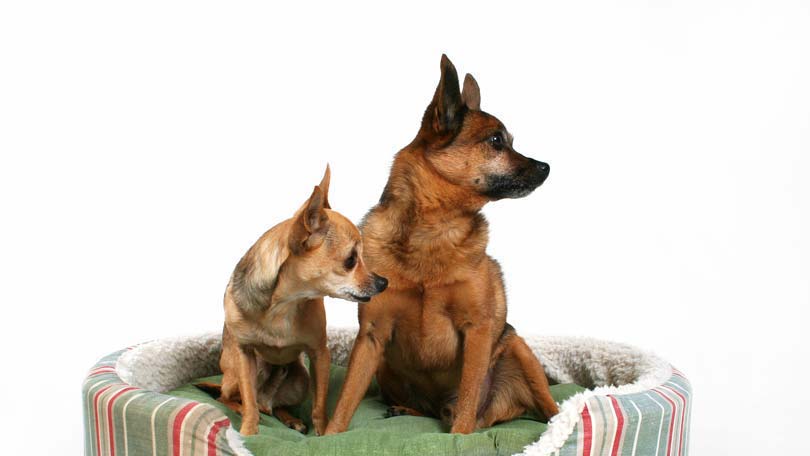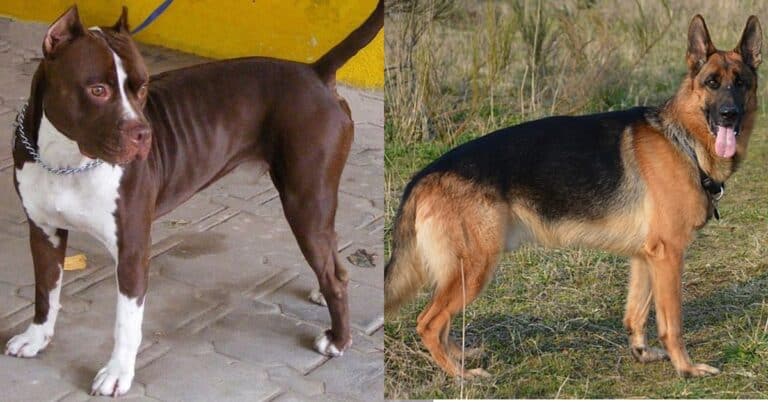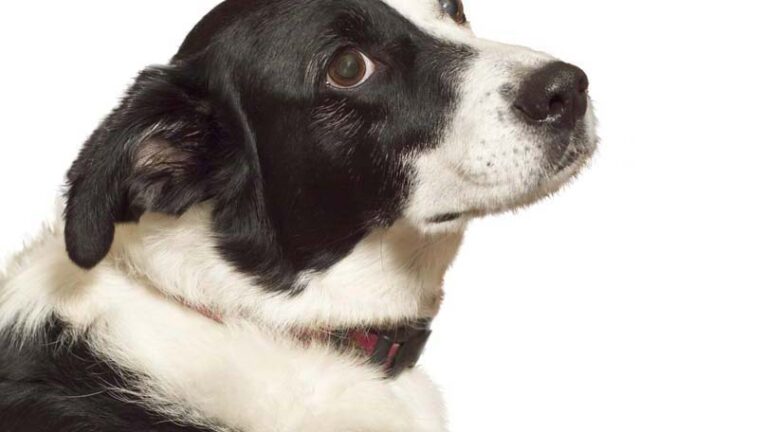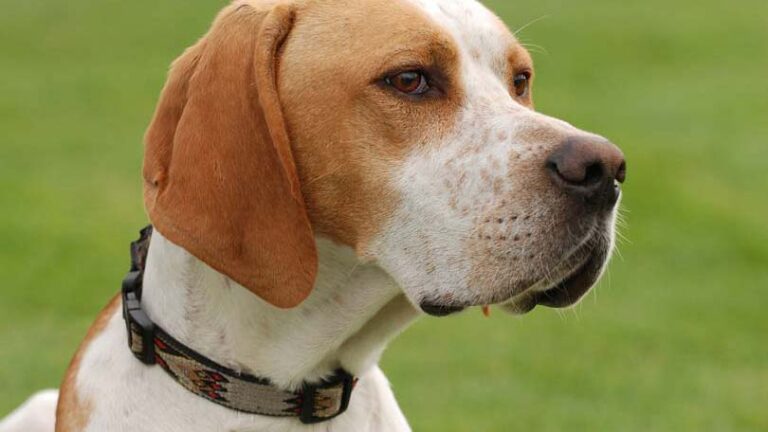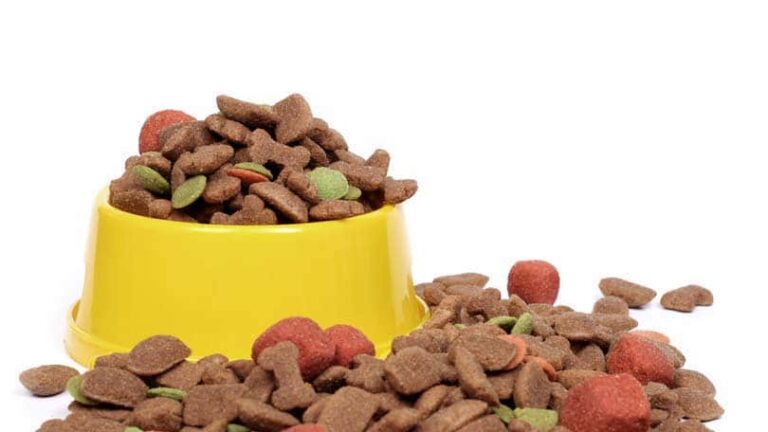What Does Spaying or Neutering a Dog Entail?
When a female dog is in the clinic to be spayed or a male is to be neutered, the veterinarian starts by giving the pet a physical exam to ensure that its health appears good and that its reproductive tract looks normal. Often, the doctor also recommends pre-anesthetic blood work to help minimize the chances of complications arising during or after surgery. Once the dog is cleared for the procedure, it will be placed under anesthesia. In most cases, intravenous drugs are given first (often through an IV catheter that is also used to provide fluids during surgery), and then the veterinarian or a technician will place an endotracheal tube into the dog’s windpipe through which oxygen and inhalant anesthetics will be delivered for the duration of the surgery. Pain-relieving injections may be given before, during, or after the procedure.
Neutering a Dog
Neutering a male dog is relatively easy because the testicles should both be located outside of the abdominal cavity. If this is not the case, a more complicated operation is necessary. During a routine neuter, the surgeon usually makes a single incision through the skin and deeper tissues through which the each of the testicles can be removed. The blood vessels and other structures that attach the testicles to the rest of the reproductive tract are tied off, and each testicle is cut free.
Spaying a Female Dog
Spaying is a more difficult because the female’s ovaries and uterus lie deep within the abdomen. I will describe a traditional “ovariohysterectomy” which is the most common way of spaying a dog, but keep in mind that other techniques are also available. The surgeon first makes an incision through the skin and deeper layers of the abdominal wall. He or she will then locate the ovaries and break down the tissue bands that hold them far away from the incision. Once the ovaries are more mobile, the veterinarian can tie off and cut the blood vessels and other structures connected to them. Next, the veterinarian will tie sutures around the uterus and its blood vessels near the cervix, which allows the reproductive tract to be removed from the body.
At the end of either a spay or neuter, the surgeon will check to make sure that no abnormal bleeding is present and then close the incision in several layers. Some veterinarians use absorbable sutures to close the skin while others may chose to use sutures or staples that need to be removed in 10-14 days. Most dogs go home with pain relieving medications and instructions for reduced activity during their postoperative recovery. Some may need an Elizabethan collar to prevent them from licking or chewing at their incisions.
Closely monitor you pet after it has been spayed or neutered and call your veterinarian if you have any questions or concerns.
Article By: Jennifer Coates DVM

Having discovered a fondness for insects while pursuing her degree in Biology, Randi Jones was quite bugged to know that people usually dismissed these little creatures as “creepy-crawlies”.

